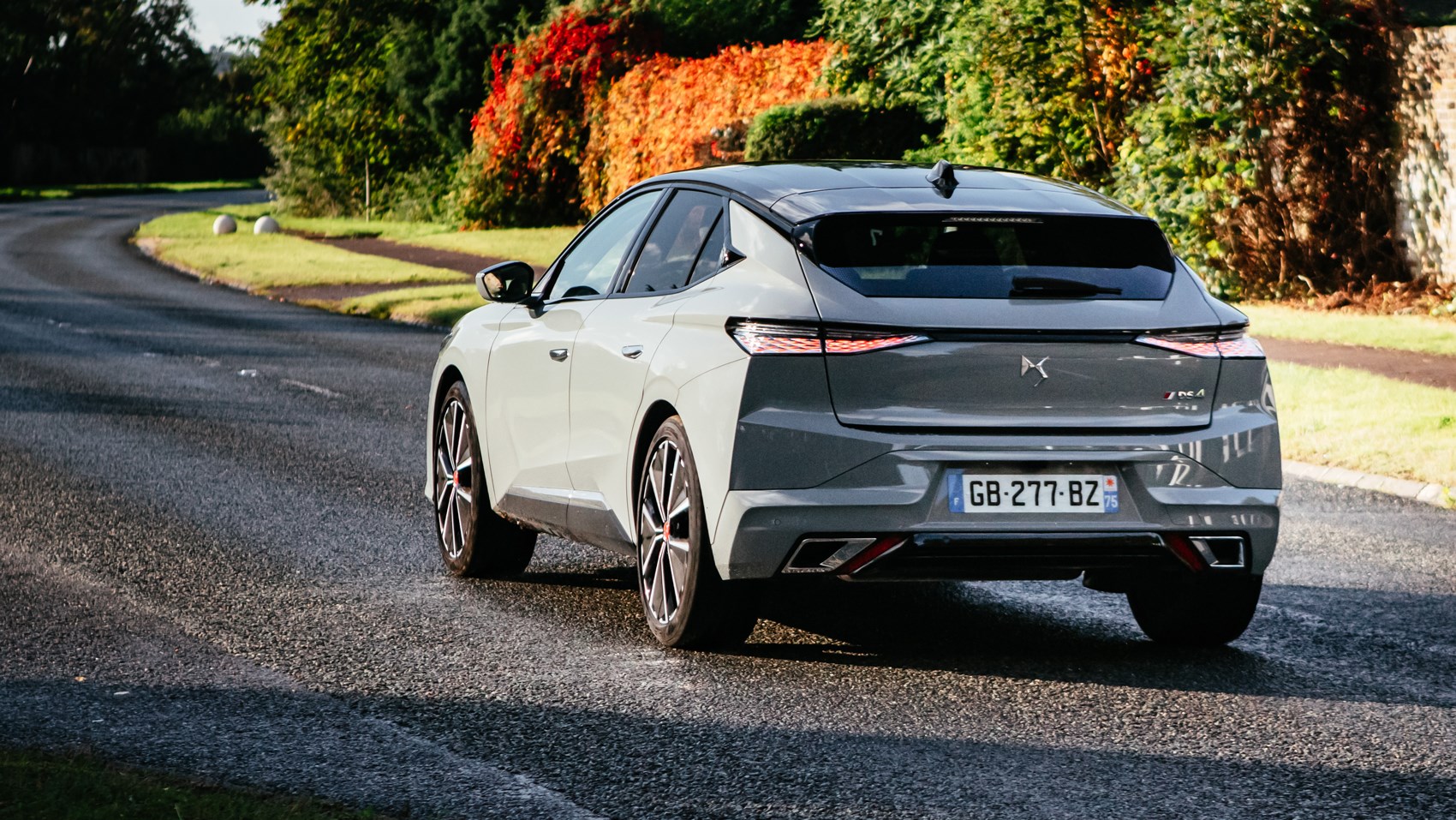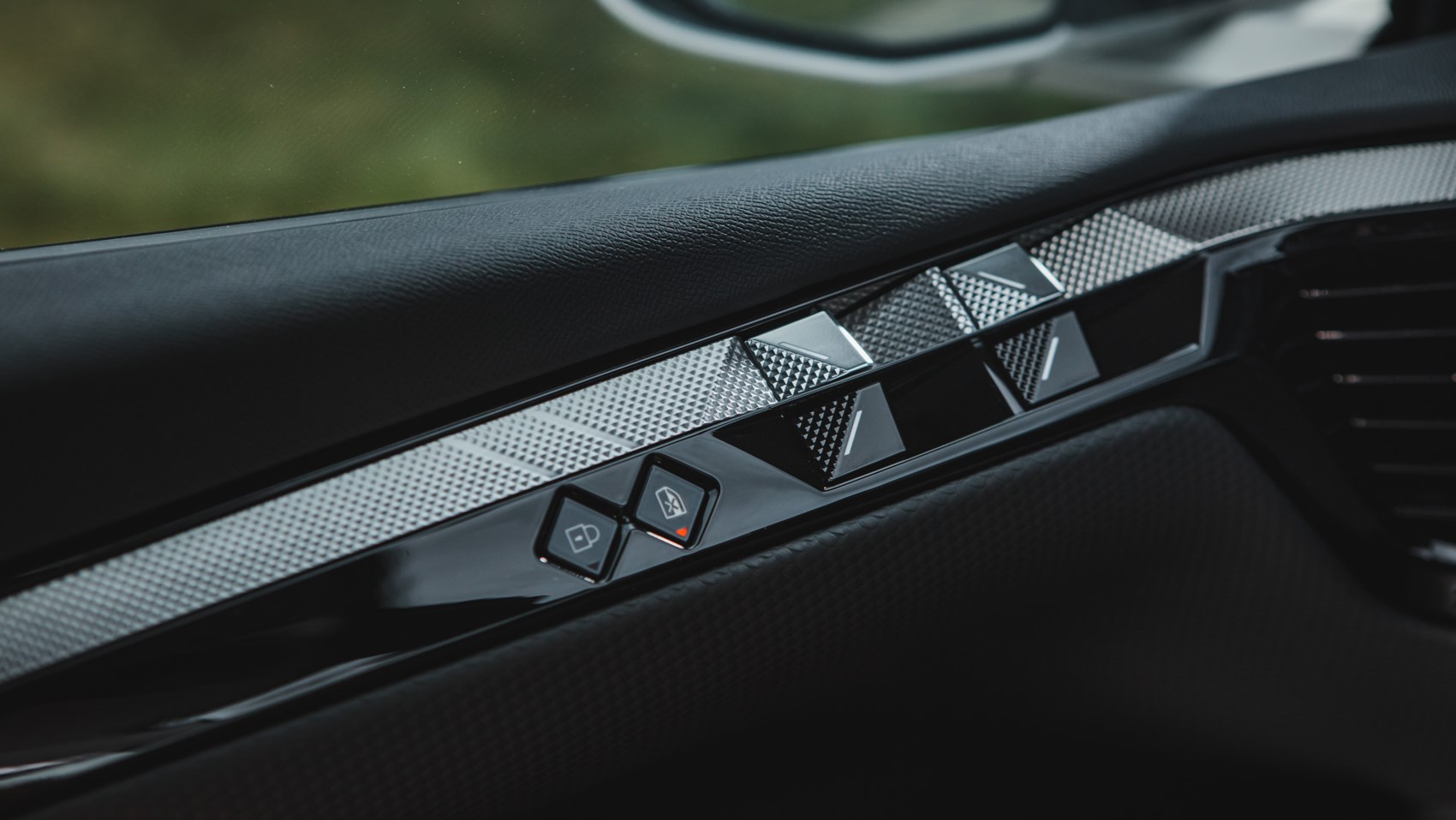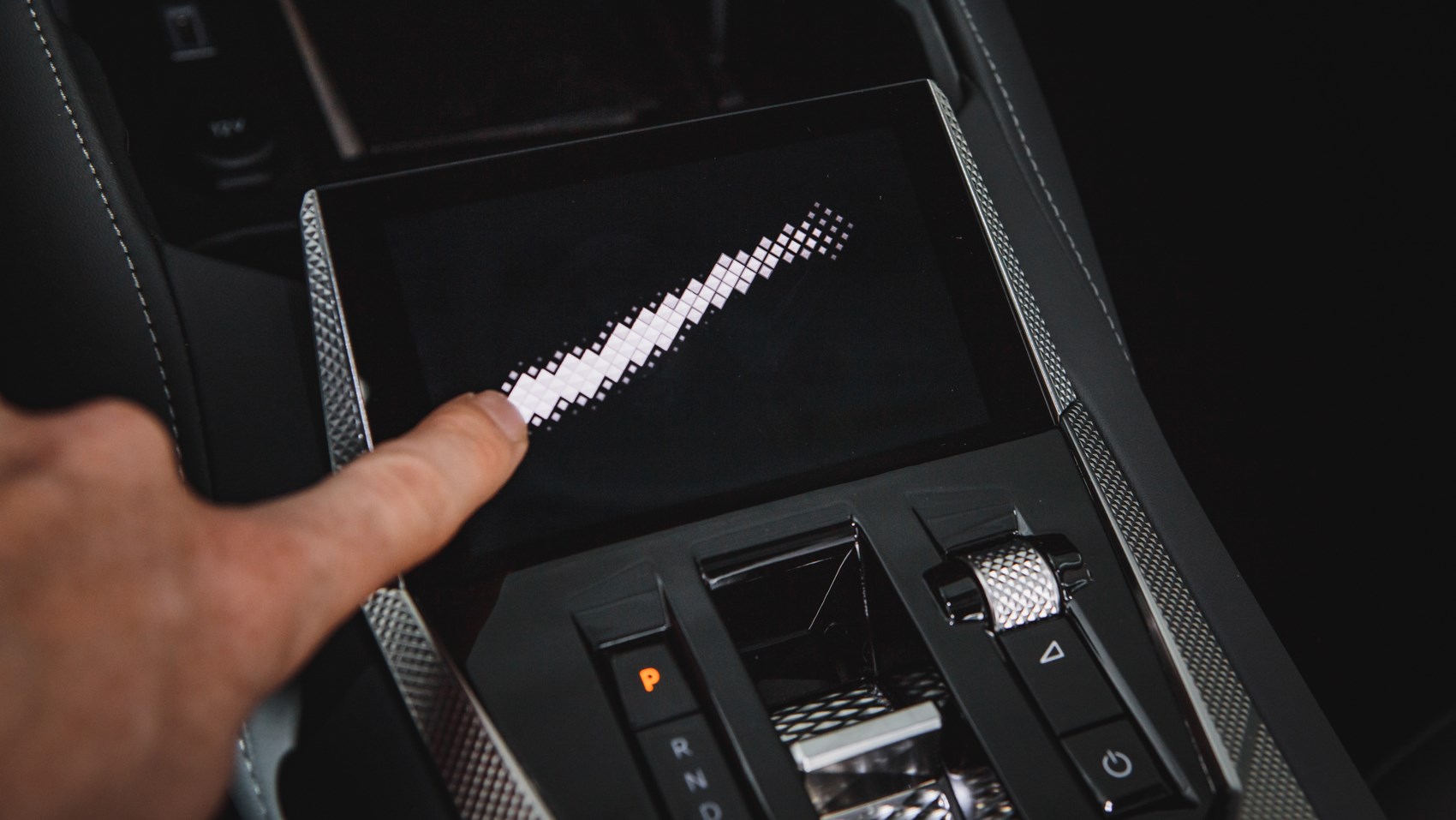► Petrol, diesel and plug-in hybrid from launch
► Rival to Audi A3, Mercedes A-Class and BMW 1 Series
► Three styles to choose from
It’s fair to say Stellantis’ French premium brand has so far been more ‘meh’ than ‘magnifique’, something the all-new DS 4 hopes to change. Unlike the last car to wear the badge, this isn’t some rebadged Citroen with rear windows that don’t open, instead it’s the first of a new generation of DS.
That means electrification, with DS proud of the fact all of its models are available with either plug-in hybrid or fully electric propulsion. In fact the DS 4 will be available with both, although the latter won’t come until 2024. For the moment then, there’s a choice of three familiar Puretech petrol powerplants, a single plug-in and even a solitary diesel. Remember those?
All come with the familiar EAT8 eight-speed torque converter automatic gearbox and front-wheel drive; there’s no 4Matic or Quattro alternative here. You do get some choice in the looks department, with the DS 4 hatch focussing on luxury, the Performance Line chasing S Line and M Sport and the Cross offering a few SUV-esque styling cues but no actual mechanical changes.
Come on, is it really going to challenge the Germans?
You might be surprised. Underneath the handsomely styled bodywork is the latest EMP2 Evo architecture that sits under the new Peugeot 308 and Vauxhall Astra. That brings new tech including a vastly improved infotainment system, driver assistance package and the aforementioned electrification.
Besides, where Audi and Volkswagen have seen interior quality take a step or two backward in recent times, you’ll find plenty of rich materials inside the DS 4.
CAR magazine’s best hybrids
Is it any good to drive?
So far we’ve sampled a couple of versions, the 1.6-litre turbocharged petrol Puretech 225 with 221bhp and the E-Tense plug-in hybrid packing a whole Great British horsepower more. Although the E-Tense has an extra 200kg or so of bulk to carry around, it’s marginally quicker on paper and feels punchier on the road, too.

That’s partially down to the slab of electric torque available, but surprisingly the E-Tense’s gearbox is the more alert, shuffling down a couple of ratios far more readily than the PureTech’s. Given the sometimes hesitant nature of PHEVs, that’s pretty impressive. Even so neither are what you’d call fast, feeling little livelier than a 35 TFSI Audi A3 for instance. With 108bhp the E-Tense’s electric motor proves just about adequate in normal traffic with a range of up to 38 miles according to official figures.
Still, it’s not like you’ll want to punt either along particularly quickly. The steering’s weight is agreeable enough and it’s reasonably precise, yet even with the Active Scan adaptive suspension (standard on the E-Tense, optional on other engines) set to Sport there’s more body roll than the A3 and AMG Line versions of the non-PHEV A-Class. In other words, it feels less agile despite having plenty of mechanical grip.
Hold in a second, what’s this Active Scan business?
Active Scan does exactly what it says on the tin, using a camera to read the road’s topography to tweak the damper’s force. Frustratingly it only works in Comfort mode and favours a fairly flaccid rate. That gives a pleasing waft at speed, albeit with loose body control over particularly challenging crests and compressions.
Unfortunately, all but the Billy basic DS 4 comes with 19-inch wheels as standard, with most of the test cars fitted with massive 20-inchers. Although the former is a little less busy, both fidget over craggy Tarmac and send a few thuds into the cabin over potholes and pimples. It’s by no means uncomfortable, but a bit more give in the sidewalls would help the low-speed ride no end.
Not helping matters is rear suspension that’s quite noisy at times, a shame as the engines are pleasingly hushed and the DS 4 engages ratios with more polish than other recipients of the EAT8 transmission. Similarly, wind and road noise are subdued.
What about these rich materials, are they Corinthian grade?
Although you won’t find any button backed seats, you do get the option of normal leather or Nappa with a watchstrap design. The latter gets additional leather on the dash, doors and centre console plus Ash trom to give a truly sumptuous and very brown ambiance inside. If you prefer something sportier, Performance Line gets Alcantara instead.

Of course, lesser trims with cloth seats aren’t going to be quite so flash, but the general quality of the plastics was very good, with lots of squishy stuff and harder materials where you’d expect to see it on premium rivals. You even get carpeted door bins, something that’s becoming a step to far for many German bean counters these days.
So it looks and feels good, but what’s it like to use?
Helping matters are controls that feel pleasant to use and a hand stitched steering wheel that looks and feels great. Sadly physical controls for the temperature and stereo are unsurprisingly absent, although the infotainment system that accesses them is a big improvement on what’s gone before.
The 10.0in screen has sharp graphics, responsive software and customisable menus to make accessing your most used functions easier. There’s also a second touchscreen next to the gear selector on mid-level trim and above which is used to access six programmable favourites.

It sounds gimmicky, but actually works rather well, displaying the icons on the main screen so you can easily see what you’re selecting. The digital driver’s display is on the small side at 7.0in, but a big head up display is standard on posher trims and shows tonnes of information clearly in your line of sight.
Will I fit?
Space up front is plentiful and there are lots of handy storage areas. It’s less impressive in the back, with those much over six-feet tall squeezed for knee room if there’s someone similarly tall up front. Rear head room is fine, while the boot is generously proportioned compared to direct rivals, with the PHEV still having more space than a normally propelled Audi A3. The load lip is high, though.
DS 4: verdict
At last DS have come up with a convincing and distinctive alternative to the usual premium-badged brigade. We love the interior and our preferred plug-in E-Tense has competitive CO2 emissions to keep company car tax down and is refined, too.
It’s by no means perfect, with the slight fidget to the ride frustrating slightly and versions with the plushest interiors get very pricey. However, if you’re bored of the usual crowd and aren’t too fussed by cornering thrills, the DS 4 should be on your shopping list.
More DS reviews by CAR magazine